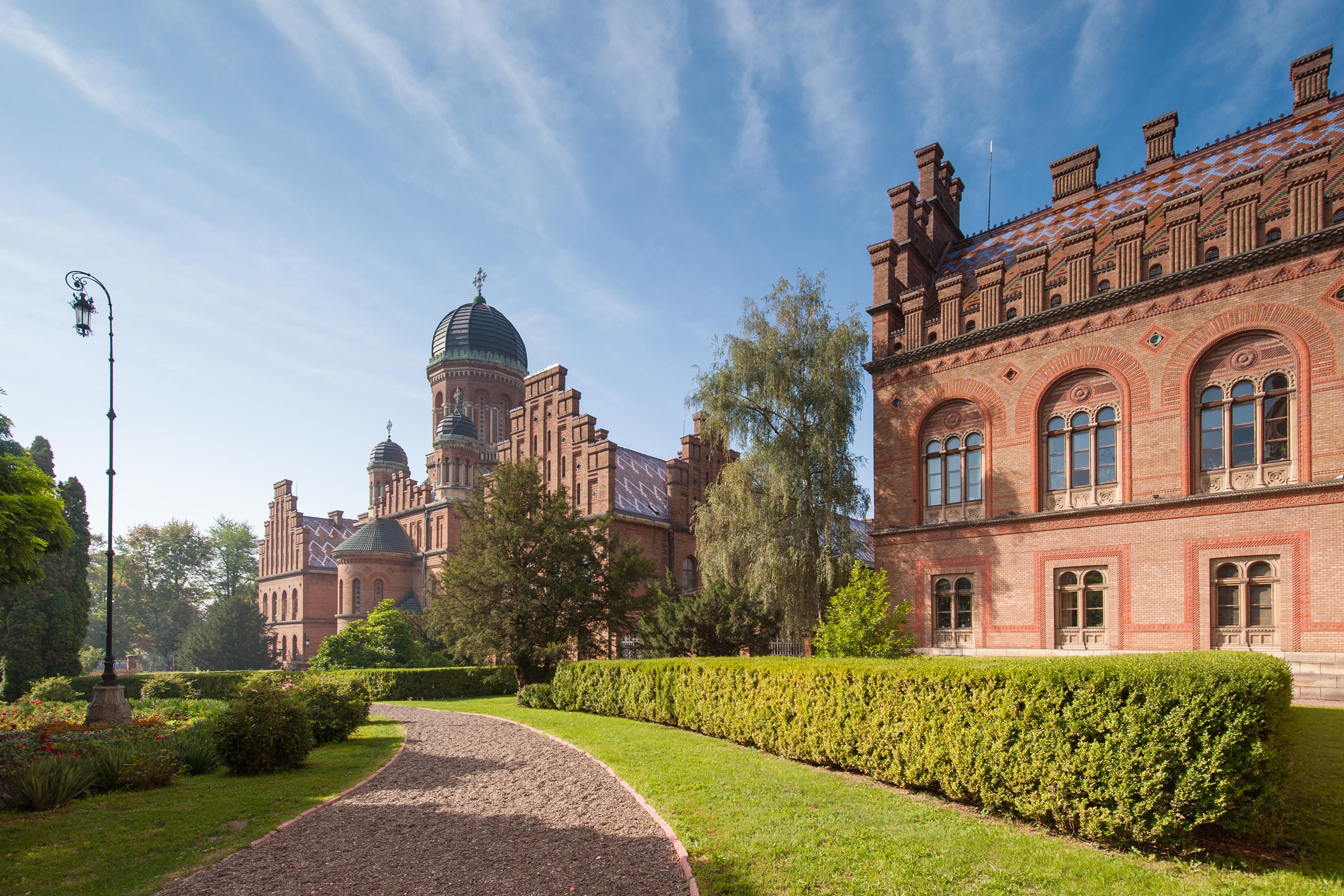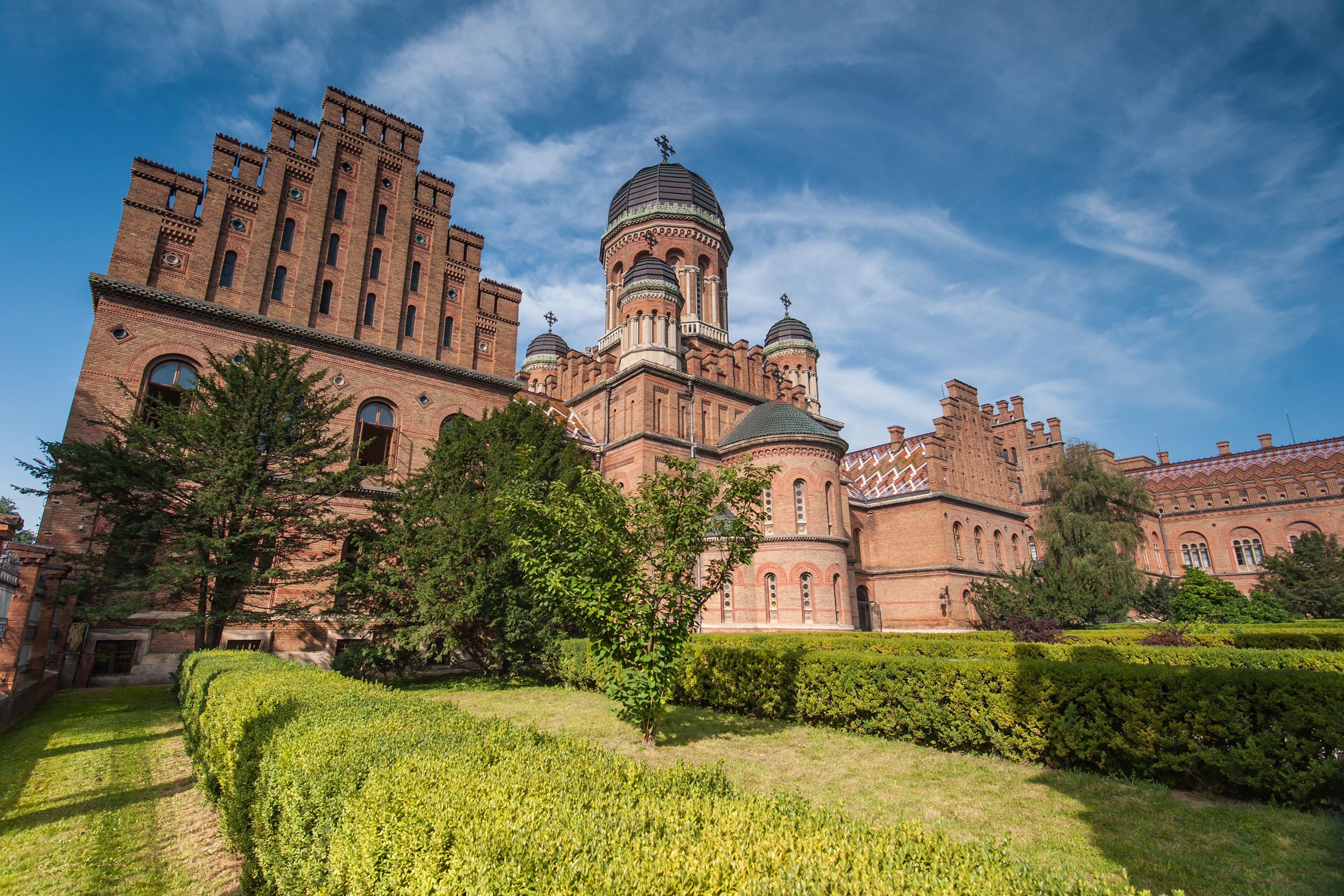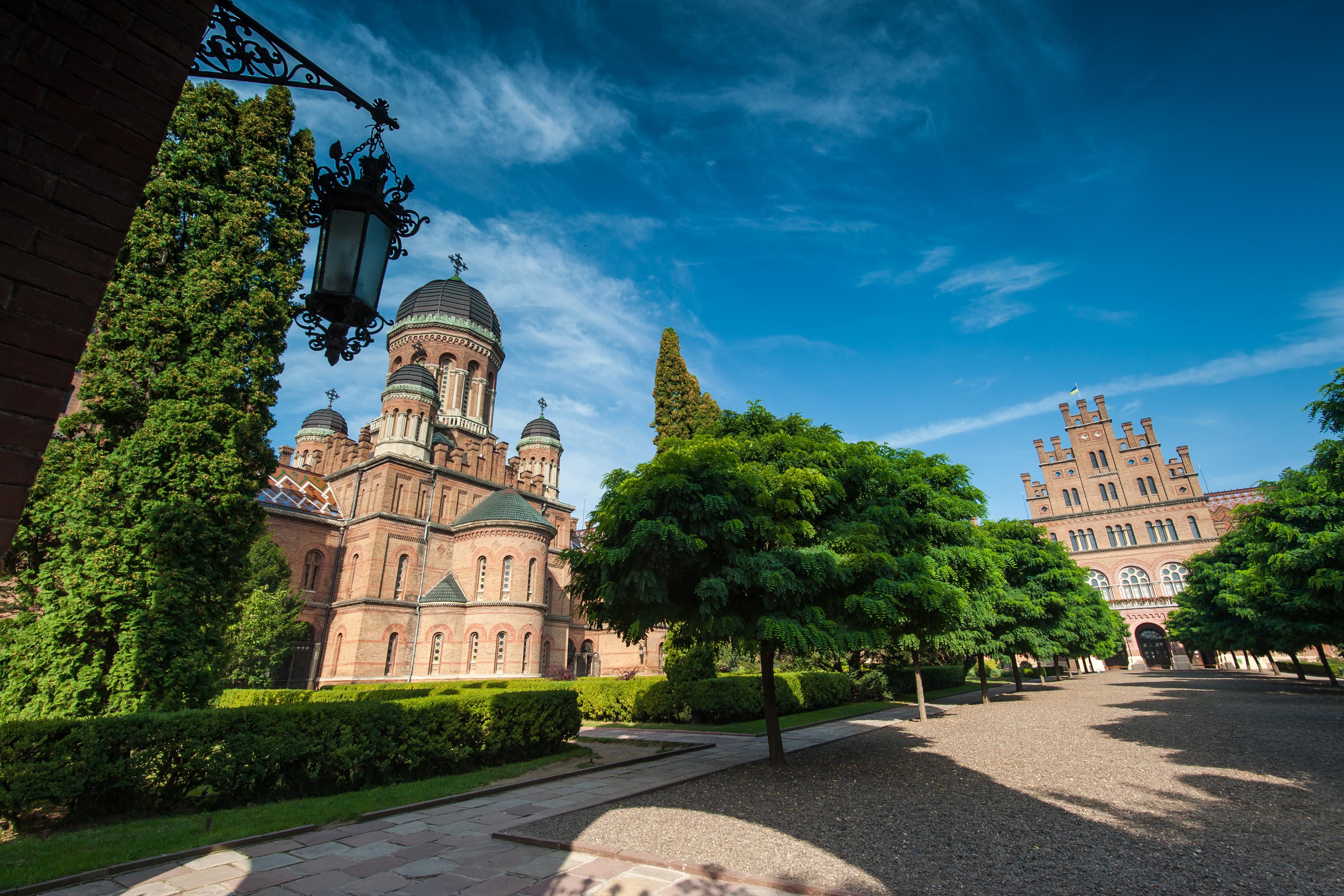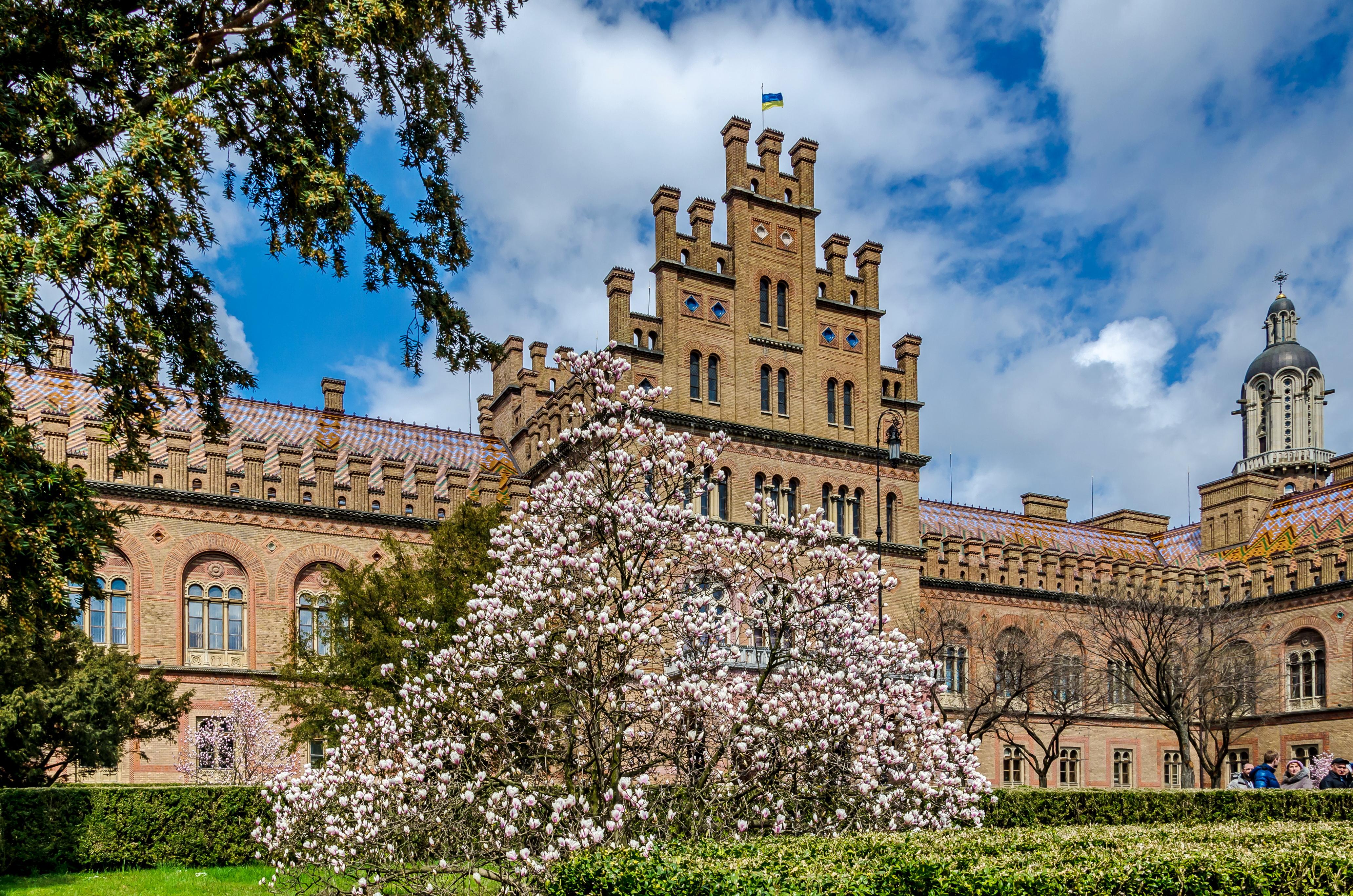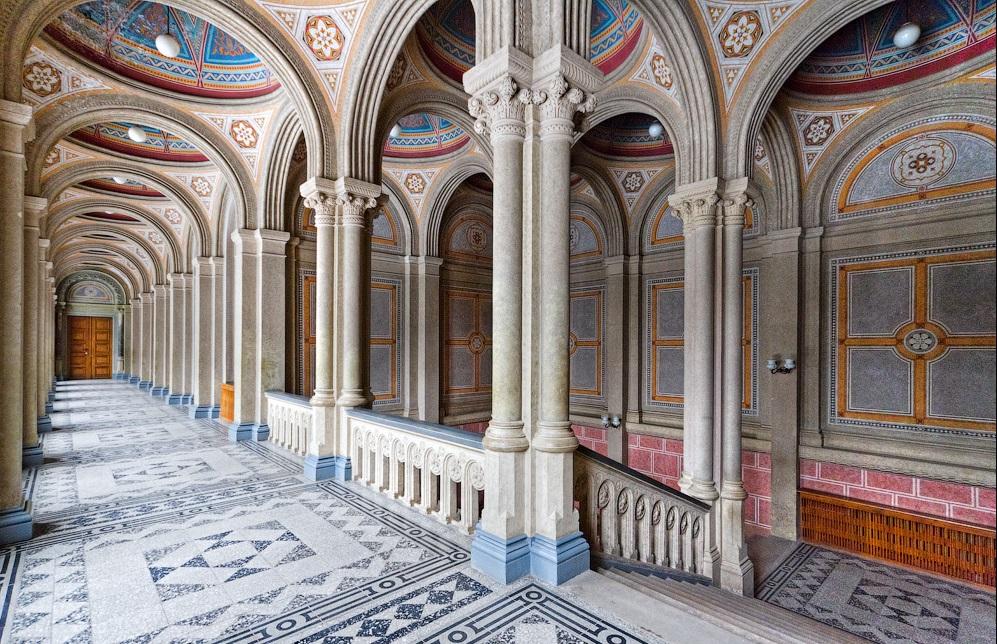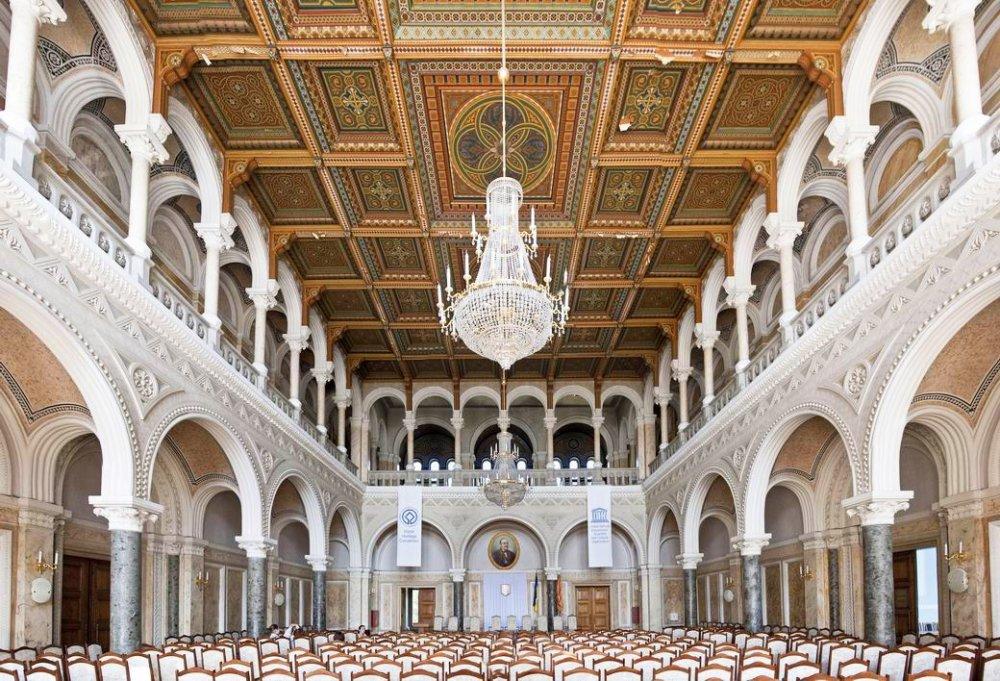
The residence of the Metropolitans of Bukovyna and Dalmatia is a UNESCO heritage site
The most monumental building of the city, the heritage and pride of Chernivtsi is the famous architectural ensemble of the Residence of the Orthodox Metropolitans of Bukovyna and Dalmatia. It has been the center of spirituality and enlightenment of Chernivtsi. The beauty of it, now it’s Chernivtsi National University named after Fedkovych, conquers at first sight. This is a real architectural marvel that you will not see anywhere else.
This majestic ensemble appeared in Chernivtsi thanks to the efforts of Bishop Yevhen Hakman. Hackman petitioned the Austrian authorities to build a new ruling residence for the Bukovyna diocese. He received a positive response from the emperor in 1860. And on April 13, 1864, the construction began. On the morning of this day, the place was consecrated and the first stone was solemnly laid in the foundation. The genius Czech architect Josef Hlavka designed the residence, which became the most impressive building in the city.
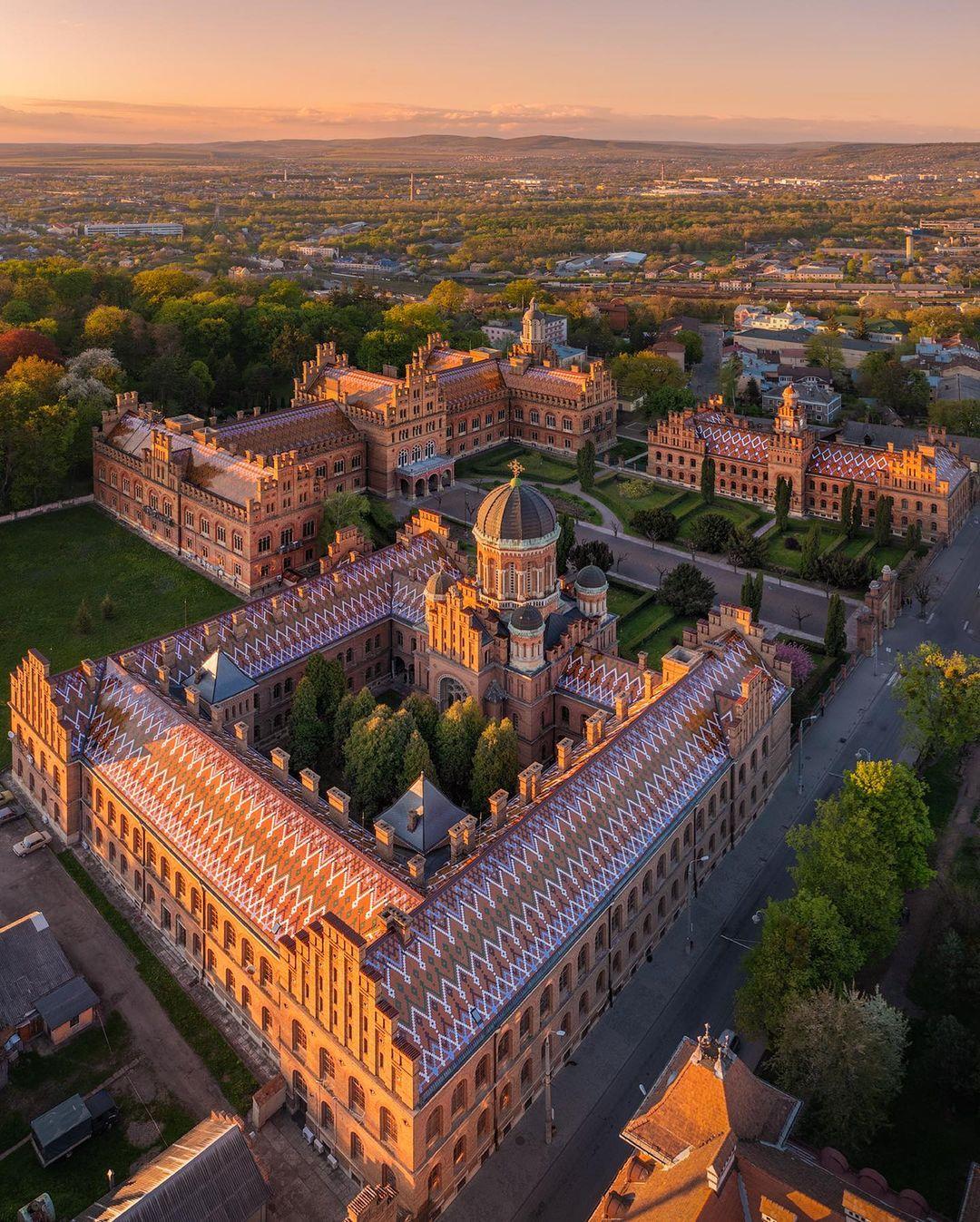
The construction of the residence was carried out carefully and accurately. There were extremely high requirements for each brick. It was measured and tested for sound, and one master could lay no more than a hundred bricks a day. For 18 years, Josef Hlavka was creating his masterpiece. He was assisted in this by masters of the highest qualification from all over Europe. Hlavka designed a non-traditional complex of buildings in the spirit of eclecticism with a predominance of elements of Byzantine and Romanesque styles. And although the composition of the ensemble is quite complex, but marked by clarity of planning. Impressive are all the architectural elements - high brick walls decorated with red terracotta and carved stone; slender towers, ends of buildings and projections; steep slopes of the roofs, lined with colored glazed tiles, which forms a clear and beautiful pattern of Bukovyna folk carpets.
The ensemble of the residence consists of three monumental buildings - buildings located in the form of the Cyrillic letter "П", which form the main court of honor. The bishop's corps, together with the side aisles of the seminary and the palace for the clergy, formed a kind of baroque ceremonial courtyard.
The residence is incredible and its interior decoration. Everyone who crosses the threshold is amazed by the picturesque ceilings with rich ornaments in the form of domes. The corridors are lined with marble mosaics and decorated with natural stones. Among the premises of the main building, the Synodal (Marble) Hall is a constant admiration. This luxurious room is decorated with decorative and narrative paintings. The massive oak ceiling, covered with gilding, is supported by 12 marble pillars. Even after the destruction in the fire and restoration, this hall continues to amaze visitors to this day.

The Meeting Hall of the Holy Synod (now the Red Hall), which was bypassed by fire, has remained intact to this day. The room resembles an expensive wooden box. Carved furniture around, red beech parquet under his feet. And raising your head, you will see a beautiful miracle ceiling. Huge Venetian mirrors definitely attract the attention of every visitor. According to legend, they are able to rejuvenate a woman who will look at them. And to deprive every man of his sins. These mirrors are precious, because when they were created, 5 layers of silver were applied.
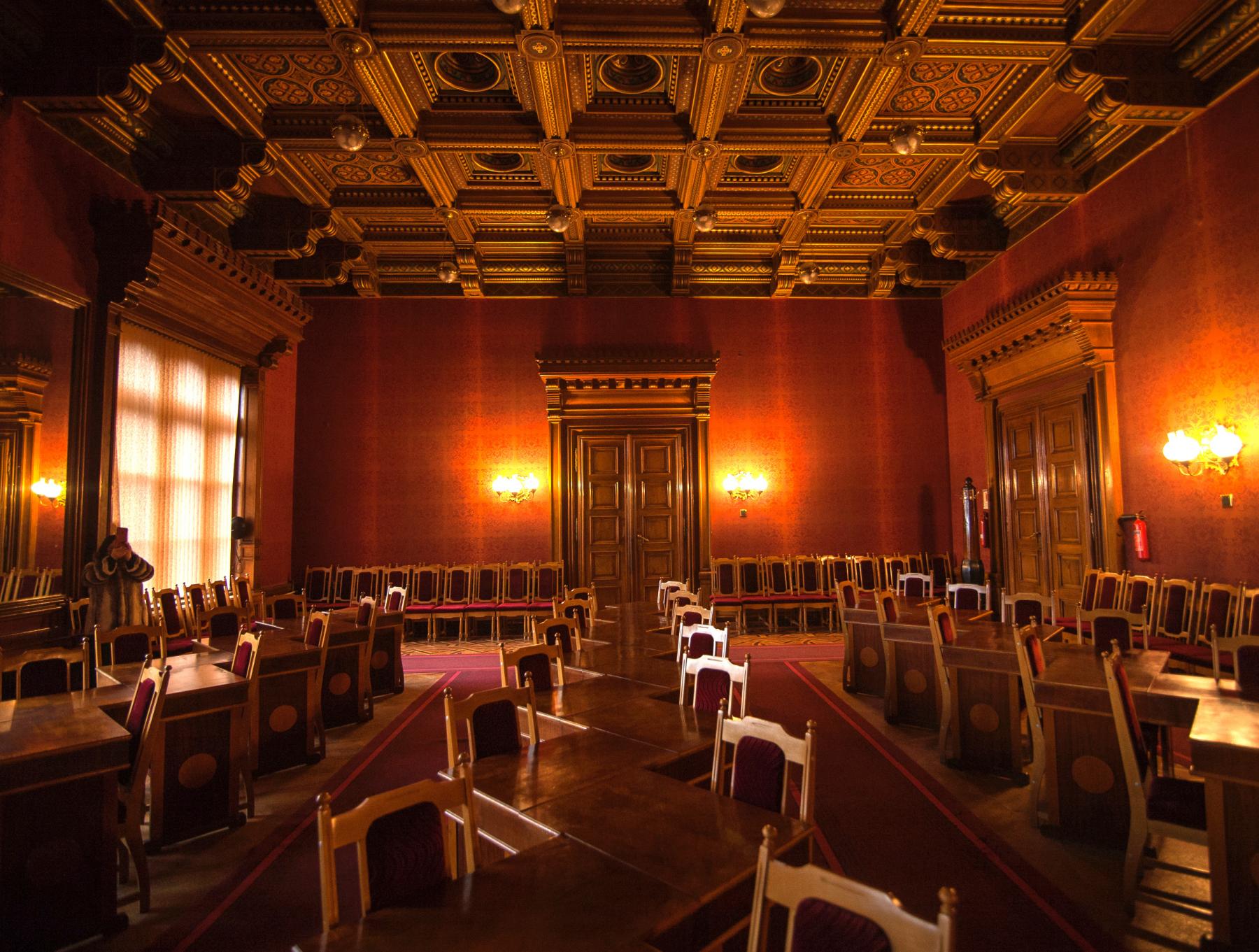
Spiritual encouragement will fill the visitors in the seminary church of the Three Saints. Above the entrance to the temple the mosaic on the windows captivates the view. On a sunny day you can see a fascinating light phenomenon - how the rays move, illuminating the faces of the saints on the iconostasis. Eye-catching decoration of the shrine - decorations of the tower capitals, tempera paintings, decorative ornaments. Despite the closure of the church in Soviet times, the interior was preserved. So all the beauty of the temple has come down to us unchanged.
The souls of visitors will be filled with peace in the arboretum of the university, which is spread over 5 hectares. Alleys diverging from asymmetrical tree planting, open lawns and cozy baskets. Stop at the botanical miracle - the "three-legged" apple tree. Weeping willows, magnolia sulange and catalpas grow in the park. Along with exotic and local species of trees. To this day, the park has preserved decorative design, artificial slides, garden benches, stone grotto, sculptures. Together, each element of this place gives the visitor complete peace.
For almost a century and a half, the metropolitan complex has amazed contemporaries with its monumentality, decoration and splendor. Without a bit of exaggeration, this pearl of Bukovyna is one of the most significant works of European architecture of the late nineteenth century. The greatness of the university is proved at the world level - in 2011 the architectural ensemble of the metropolitan residence in Chernivtsi was included in the UNESCO World Heritage List. The residence, like a magnificent crown, crowns the unique silhouette of the city above the Prut.


